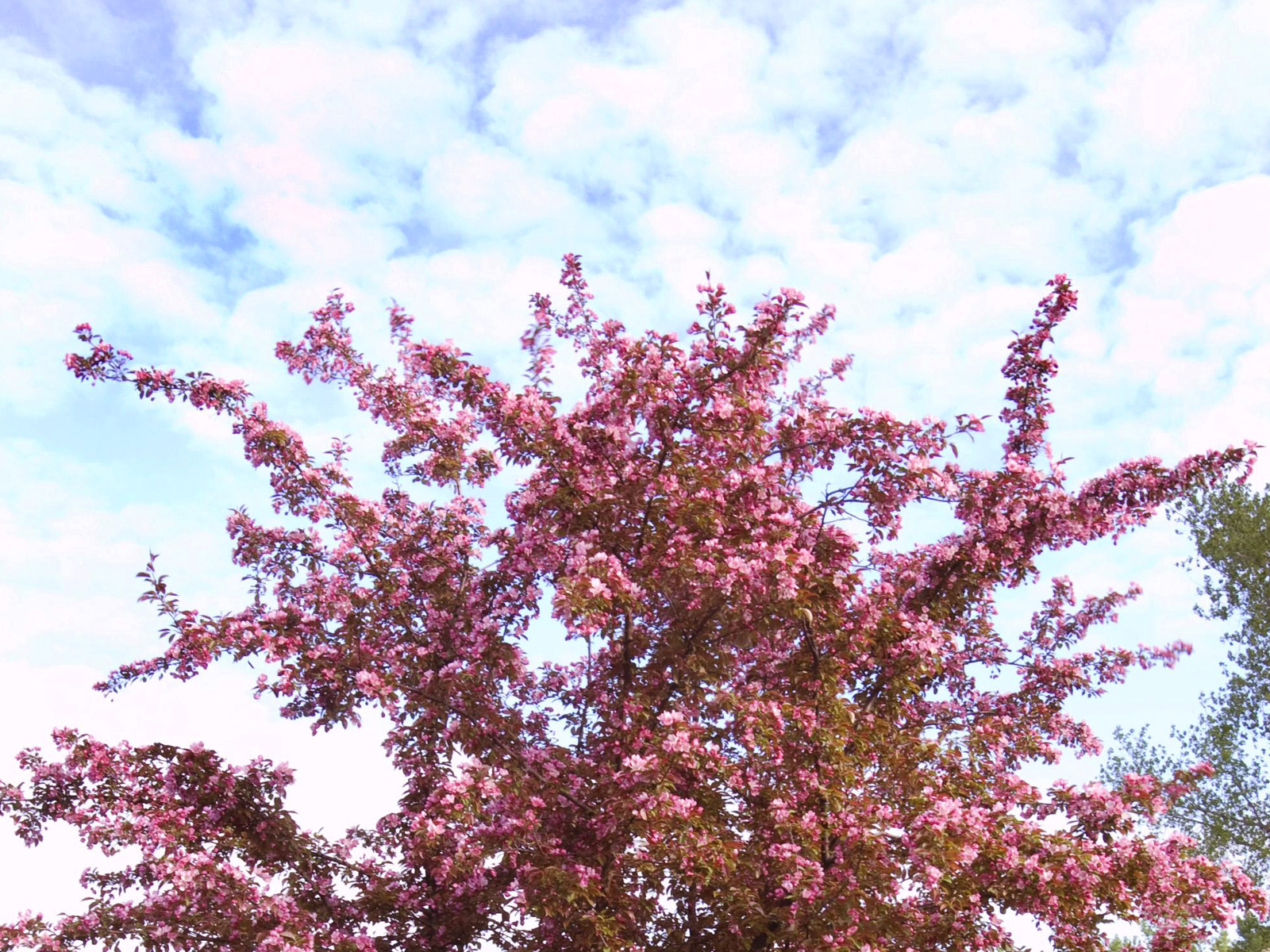Absolutely! Crafting a 3000-word article on flowering trees for Iowa, with detailed information, is a great project. Here’s a structured outline and some key information that can be used to build that article. I will also provide some example sections, to demonstrate the level of detail that could be used.
Introduction:

Crabapples: A Springtime Spectacle
Crabapples are a quintessential flowering tree for Iowa, renowned for their stunning spring blossoms and their adaptability to the region’s climate. These versatile trees offer a wide array of choices, from vibrant pinks and reds to pure whites, allowing homeowners to select varieties that perfectly complement their landscapes.
Cultivar Diversity
The diversity of crabapple cultivars is truly remarkable. ‘Prairifire’ is a popular choice, known for its deep pink to reddish-purple flowers and excellent disease resistance. ‘Red Jewel’ stands out with its bright red fruits that persist into winter, providing food for birds and adding visual interest. For those who prefer white blossoms, ‘Spring Snow’ is a reliable option, producing abundant blooms with minimal fruit. When selecting a crabapple, consider factors such as flower color, tree size, disease resistance, and fruit characteristics.
Planting and Care
Crabapples thrive in full sun and well-drained soil. Before planting, amend the soil with organic matter to improve drainage and fertility. Proper spacing is essential to allow for adequate air circulation, which helps to prevent disease. Regular pruning is also important to maintain the tree’s shape and remove dead or diseased branches.

Eastern Redbud: Native Spring Beauty
The eastern redbud is a native treasure that graces Iowa landscapes with its delicate pinkish-purple blossoms in early spring. This small to medium-sized tree is a welcome sight after the long winter months, signaling the arrival of warmer weather.
Growing Conditions
Eastern redbuds prefer well-drained soil and can tolerate a range of light conditions, from full sun to partial shade. They are particularly well-suited to woodland settings and naturalized areas. When planting a redbud, select a location that is sheltered from strong winds, as the branches can be somewhat brittle. It is important to select trees that have been grown from northern seed stock, to increase cold hardiness within Iowa.
Cultivar Variations
While the classic pinkish-purple blooms are the most common, there are also cultivars with white flowers (‘Alba’) and other variations in blossom color and leaf characteristics.

When writing the full article it is very important to use information from Iowa State University’s extension office, and other local Iowa horticultural resources.
I hope this helps.



